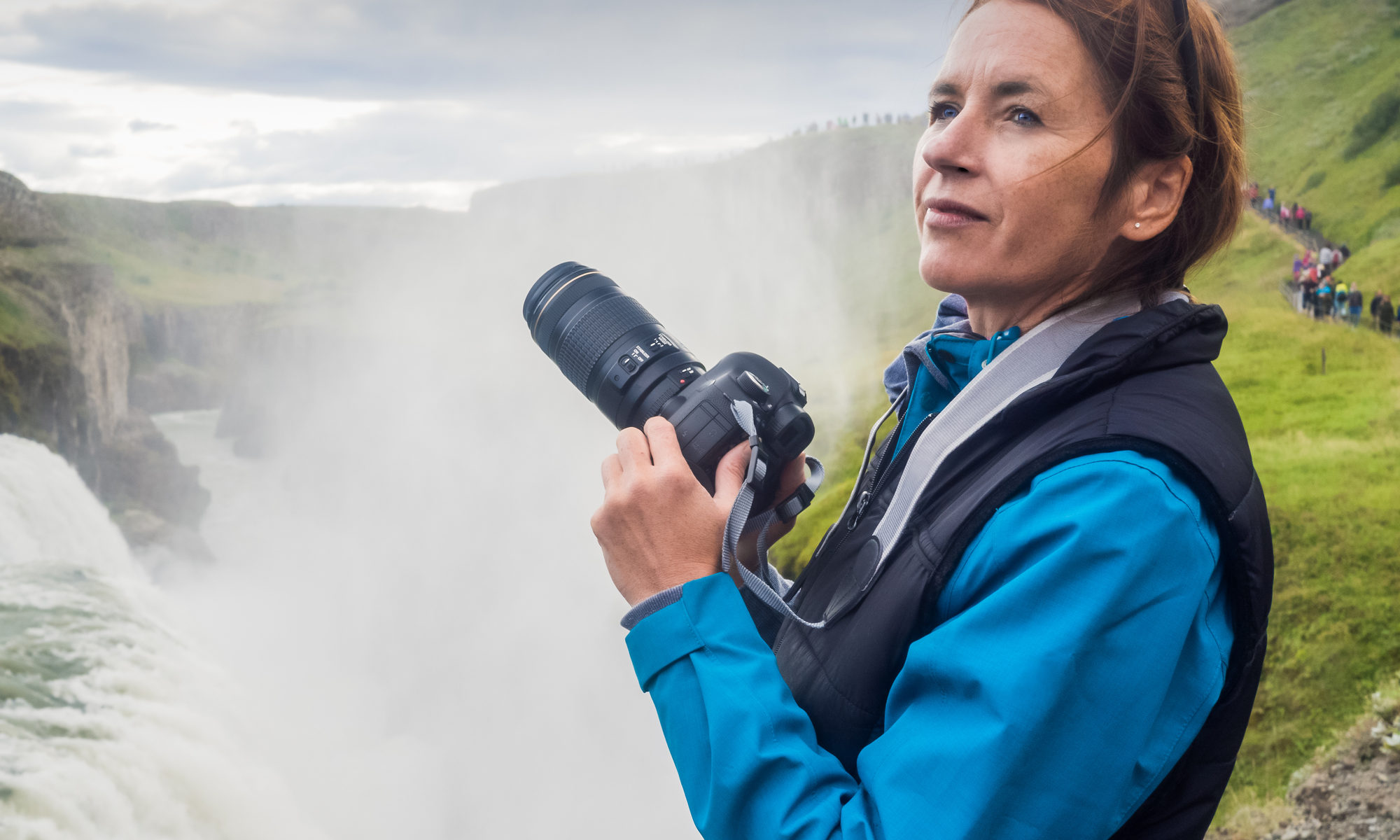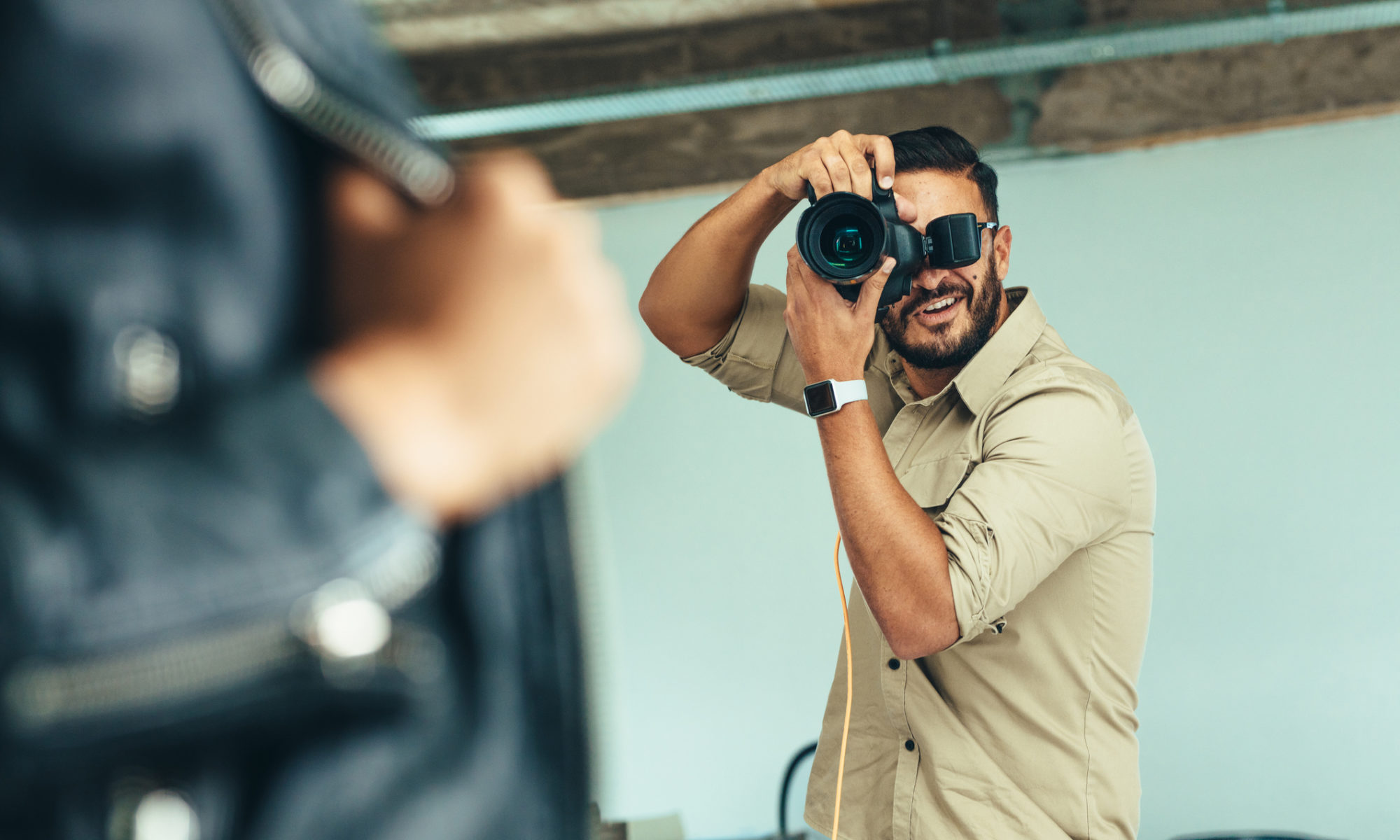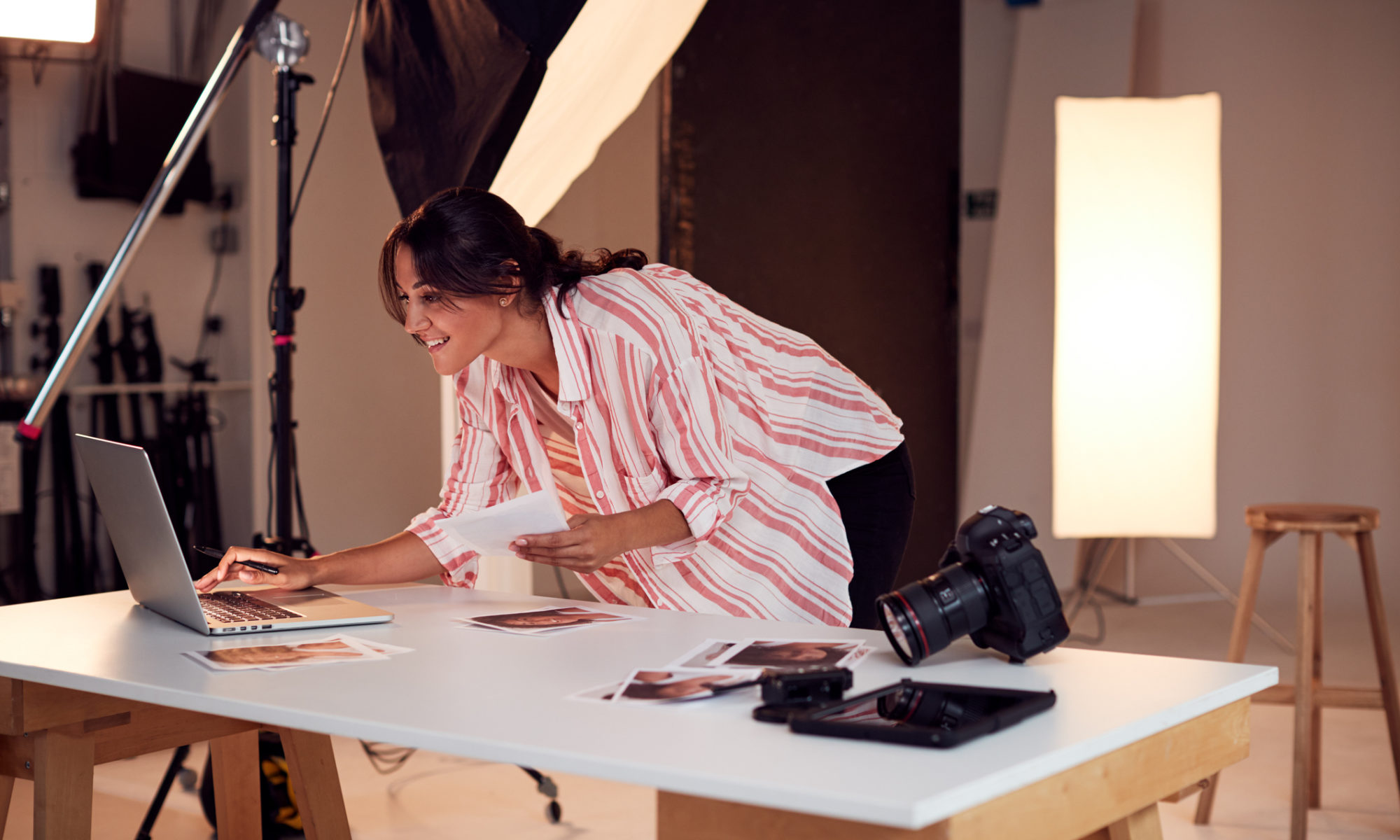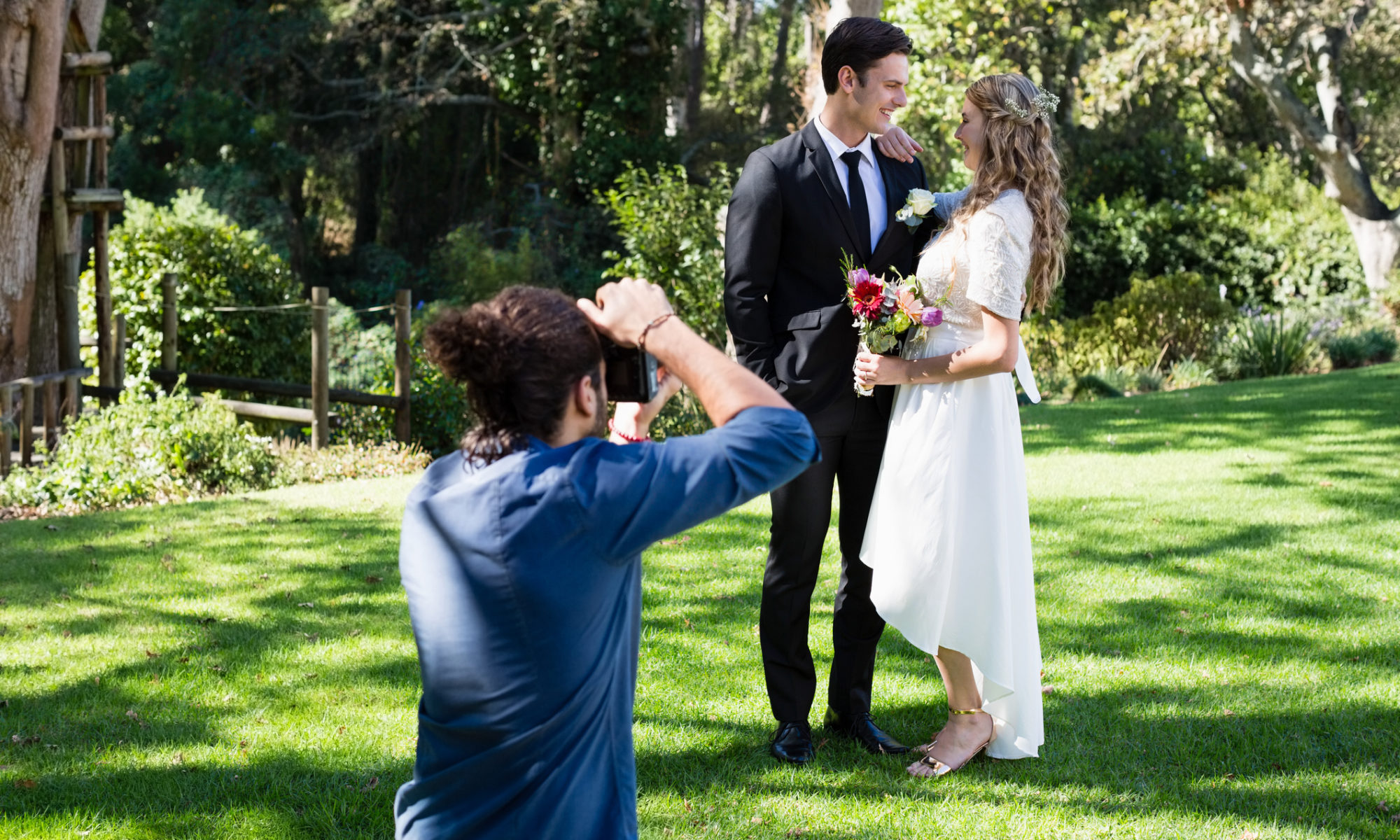Designing a website for a photography business can be an exciting process; there are so many options in terms of layout, design and types of content that you could include.
Building the right website for your business can be difficult, and with so many options you may fall into some bad web design habits, such as creating an overcrowded website. However, at Go SiteBuilder our ready made templates are designed to guide you every step of the way to help you create a professional and stylish website.
In a creative industry such as photography, showing creativity and flair in your web design is incredibly important. Without a well-conceived web design visitors may be discouraged from using your services or browsing through your work. Creating a website that displays your photographs beautifully and gives the visitors all the relevant information is vital.
Key aspects to consider:
Web design can be confusing and overwhelming, especially if this is the first website you have designed. When designing a website, there are some key elements which you must think about before designing your website. The best photography businesses carefully consider these key components when designing their websites:
- Web design – does your web design really reflect your business and your aesthetic?
- Layout – is your website easy to use and navigate?
- Portraying your business model – does your website show what kind of photography you offer?
- Showing your work – what type of gallery layout do you want? For more inspiration read our blog on how to create a photo gallery.
For more information on what to include in your website check out our blog on what features you should include in your photography website. Below we are going to give some examples of the best examples of photography websites in different styles to help you design the best website for your business.
Landscape Photography Website: Colin Prior Photography
Source: Colin Prior
This website is a stunning example of how great web design can show your photographs in their best light. The large header photograph is part of a slideshow that changes between equally beautiful landscape pictures. The layout is simple yet effective, with a clean minimalist aesthetic allowing the photographs to shine.
Portrait Photography: Joe McNally
Source: Joe McNally Photography
This photography website clearly shows the type of photography that the company specialises in. There is a range of photographs on the homepage, immediately exposing visitors to the photographers style. The sidebar menu shows the various styles of photography that they specialise in. Although this layout may not be an option with many website builders, there are more simple ways to achieve the same look. For example using a collection of photographs in a gallery on your homepage will give a similar effect.
Fashion Photography: The Fashion Camera
Source: The Fashion Camera
This fashion photographer has taken a slightly different approach to her website, by focusing on her personal connection to her work. This creates a connection between the visitor and the website owner. Certainly not a strategy every business may want to use but for this type of photography using your point of view can be useful. The muted colours and font create a stylish website with an effective design and layout.
Art/Concept Photography: Shaw and Shaw
Source: Shaw and Shaw Photography
Shaw and Shaw’s photography website is a great example of how colours and unique design can elevate a website. This is particularly effective in this photography style of art or concept work, where aesthetic is so important. The multicolored menu draws the eye but doesn’t detract from the photograph above. The website mostly operates on a slideshow with a page of information at the end. Although not the most informative, the unique elements of this website make it memorable and successful.
Wedding Photography: Holly Rose Weddings
Source: Holly Rose Weddings
The design for this wedding photography website is very effective. The colour scheme is muted and the design is minimalist. These soft design decisions create a beautiful wedding website which ties in with the photo shoot chosen as the header. The menu is simple and easy to navigate as a header menu.
If you’re ready to build an amazing website for your photography business, then look no further than Go Sitebuilder. With a wide range of features, including multiple gallery options our simple website builder design means you can have a professional looking website up and running in minutes. Try our 14-day free trial today!







